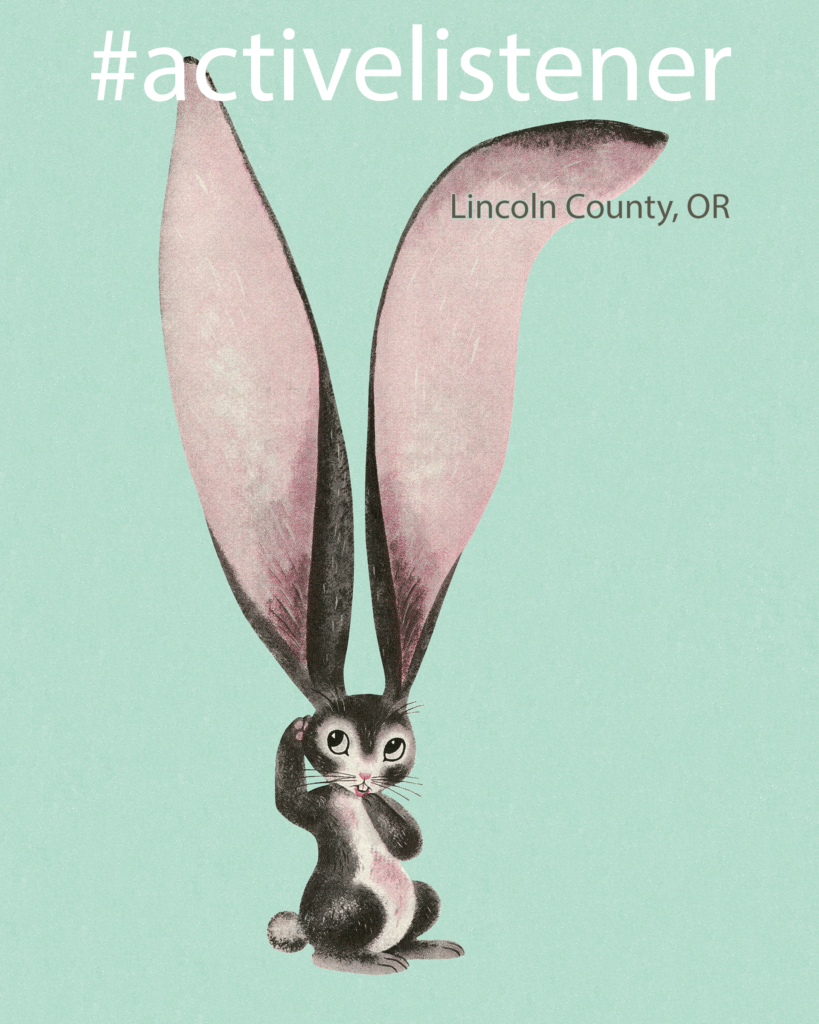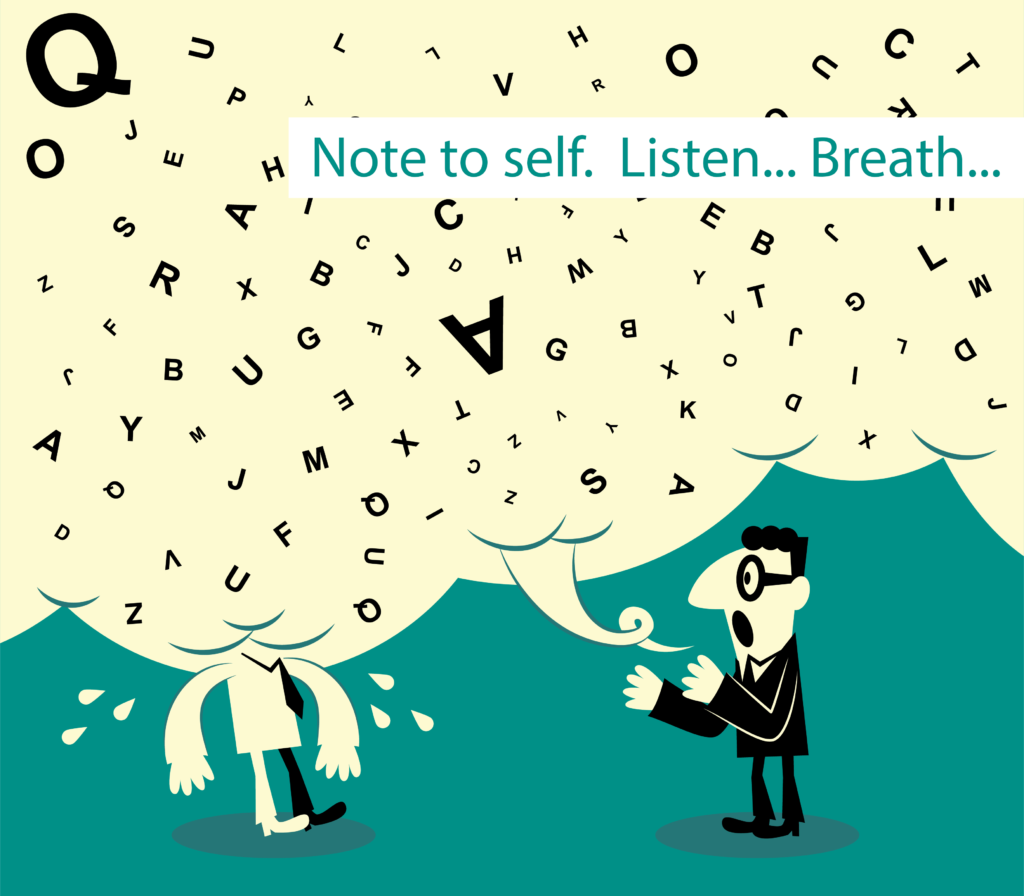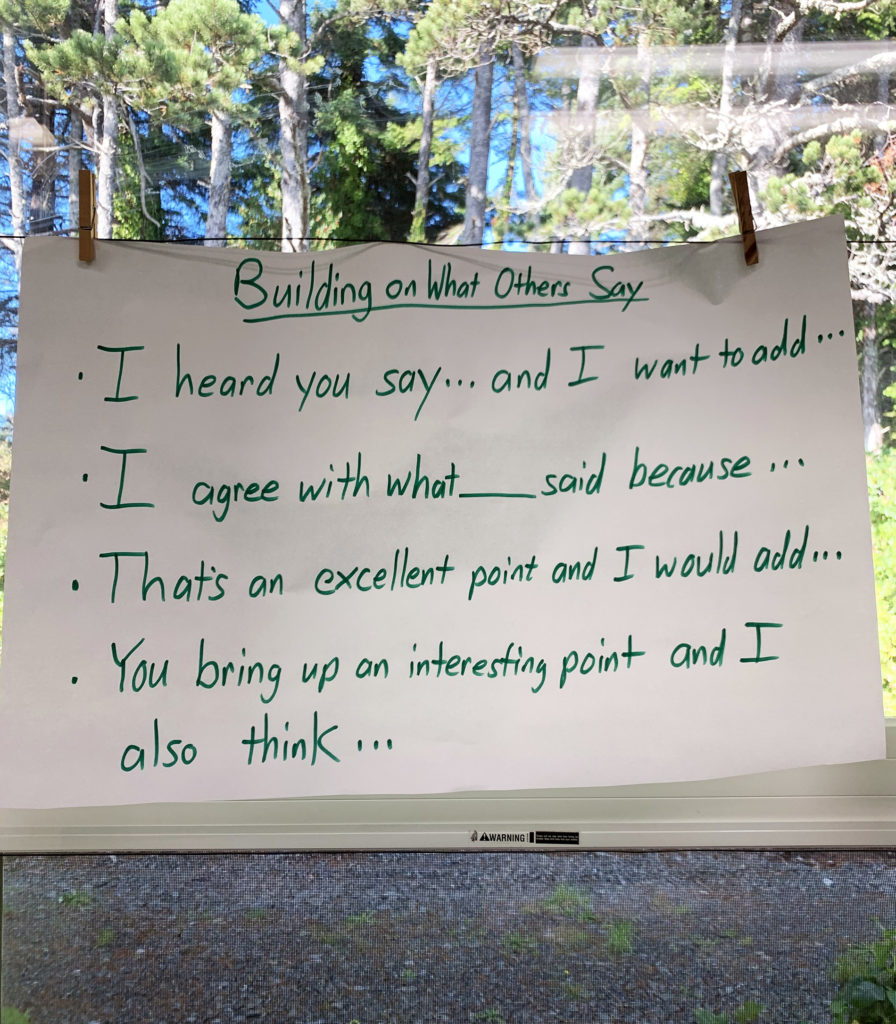If I could have a billboard strategically placed for millions to see my message would read: #ACTIVELYLISTEN #LISTENWITHLOVE #BEAGOODLISTENER
I will continue to commit to being a better listener. And, I ask you good reader, do the same. Let’s listen well.

Can we understate the importance of being a good listener? A good listener is present. A good listener does ones best to patiently await the expression of the other until their expression is complete. Then, receiver restates the data or concept. Has the idea been received and assimilated? Yes? Good. Flip sides and repeat. Such is the process for conversation, sharing and actively listening.
But, what does it really mean to listen? Hell, what exactly is a conversation? I was recently “listening” to an interview with research psychologist Danny Gilbert. His research has shown that often times conversations are less about the content “information” being exchanged and more about “engaging each other and investing in a relationship”. I can recall certain frightening moments I’ve had meeting a person for the first time and the awkwardness of finding flow in our exchange. I’ve even felt anxiety during date night with my wife. What do I say to her? Why isn’t she talking right now? Unconsciously, I’m more concerned about being accepted by others than I realize. Heck, consciously, I’m concerned about being accepted by others, too.
Social media’s illusion of connection is so persuasive. It can feel safer to live in the world of the internet. Being in the proximity of people and having physical conversations can be hard. We, I, really do want to find harmony and acceptance. There is an evolutionary basis for it. Has the internet has made us better communicators? In some ways, yes. Yet, at the same time, I fear even I have retreated into this space. This safe reality bubble surrounded by my own tribe. Ultimately, physical interactions serve us better, make us healthier and more agile to solve the problems we are facing. Celebrating the successes we achieve are more fulfilling when experienced live and in person.
Many would agree that politically and culturally we seem to be in particularly divisive times. This seems especially true when discussing who we’ll choose as our next presidential candidate! Obviously, the tension is real. Values are not necessarily shared. Finding common ground can be difficult when we need to interleave different values. We need to synthesize, compromise and create shared solutions.

https://tinyurl.com/y8oomf42
At UC Davis I was fortunate to have taken an upper division psychology class taught by the quirky and wise Charles T. Tart. The class was Transpersonal Psychology and it was full of amazing teachings. One of the course’s books was the Tibetan Book of Living and Dying, by Sogyal Rinpoche. And, if my recollection serves me, we (the students) were invited to meet Sogyal at the book’s release in Berkeley, CA – which I did not take advantage of in 2004. ☹
The book outlines a practice known as Tonglen. “Tong means “giving or sending”, and len means “receiving or taking”.[3] Tonglen is also known as excanging self with other”. [https://en.wikipedia.org/wiki/Tonglen]
I did not forsee at first reading that I would later practice Tonglen, sitting quietly with my dying grandmother, in her home on Lee Street in Newport, Oregon. I would sit in the chair next to her. Imagine her suffering and cancer exiting her body, inhaled into mine. Then, visualizing light and peace leaving my body and entering her, during exhale. What transpired over time was a feeling of being present for her. These were some of the most beautiful and difficult moments I shared with her. I’ll never know if I really alleviated any of her pain. But, illusion or not, I can say I was trying to be 100% present for her.

I am grateful for this simple and practical technique for being “present” in the presence of others. I continue to utilize variants of Tonglen when I sense myself drifting during conversations with friends, family, and people I am meeting for the first time. So, I may be blowing my cover here… I am engaging in the woo! during everyday conversations.
The practical ROI and purpose of this story that there are tactics to develop resilience, patience and present-ness. Find one. Find many. Use any technique that enables continued receptiveness. Hard conversations are inevitable. Unfamiliar territory and/or high emotional content does not have to be avoided. Perhaps, it can be embraced.
If we baseline our conversations with compassionate intent – then we both win. Even if, we agree to disagree.
